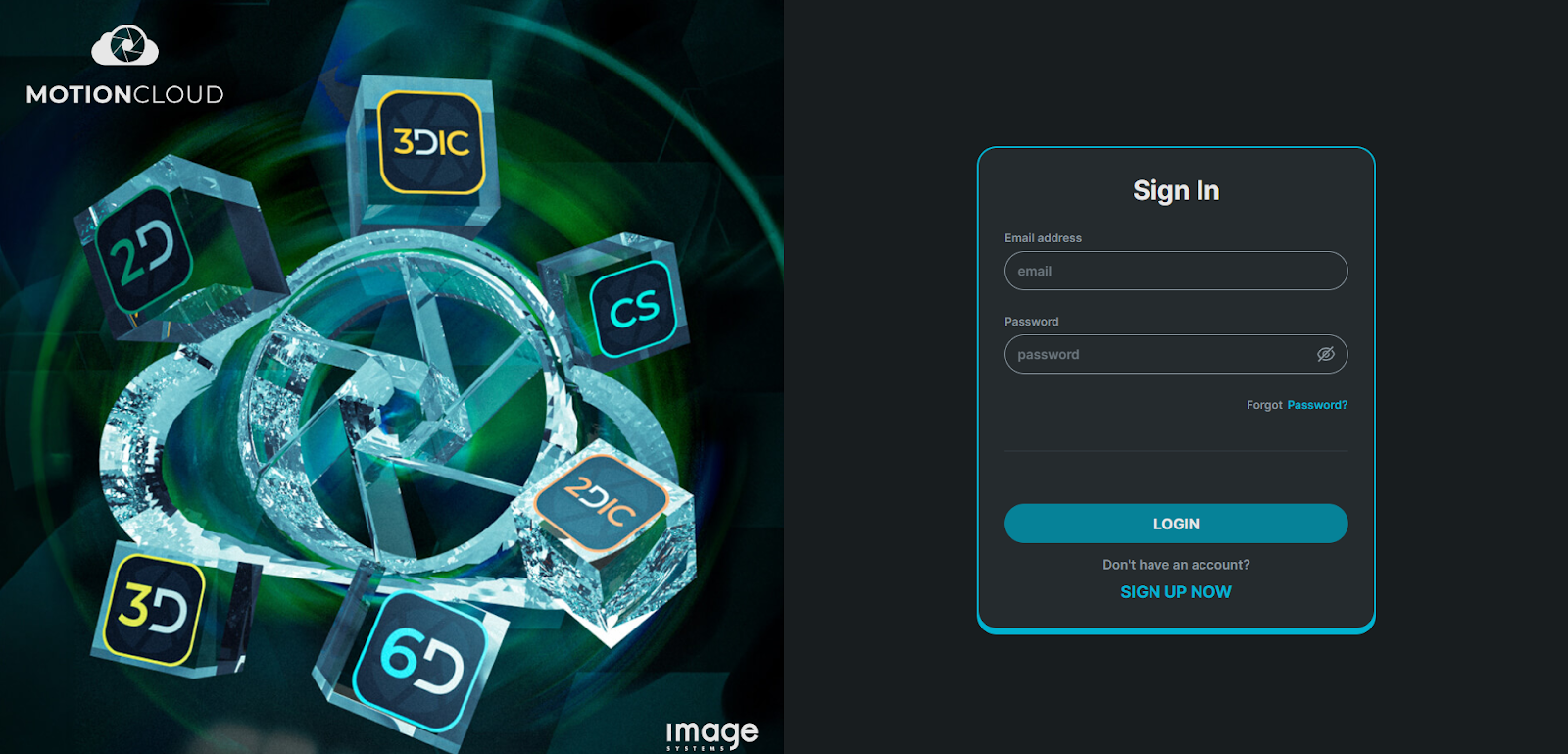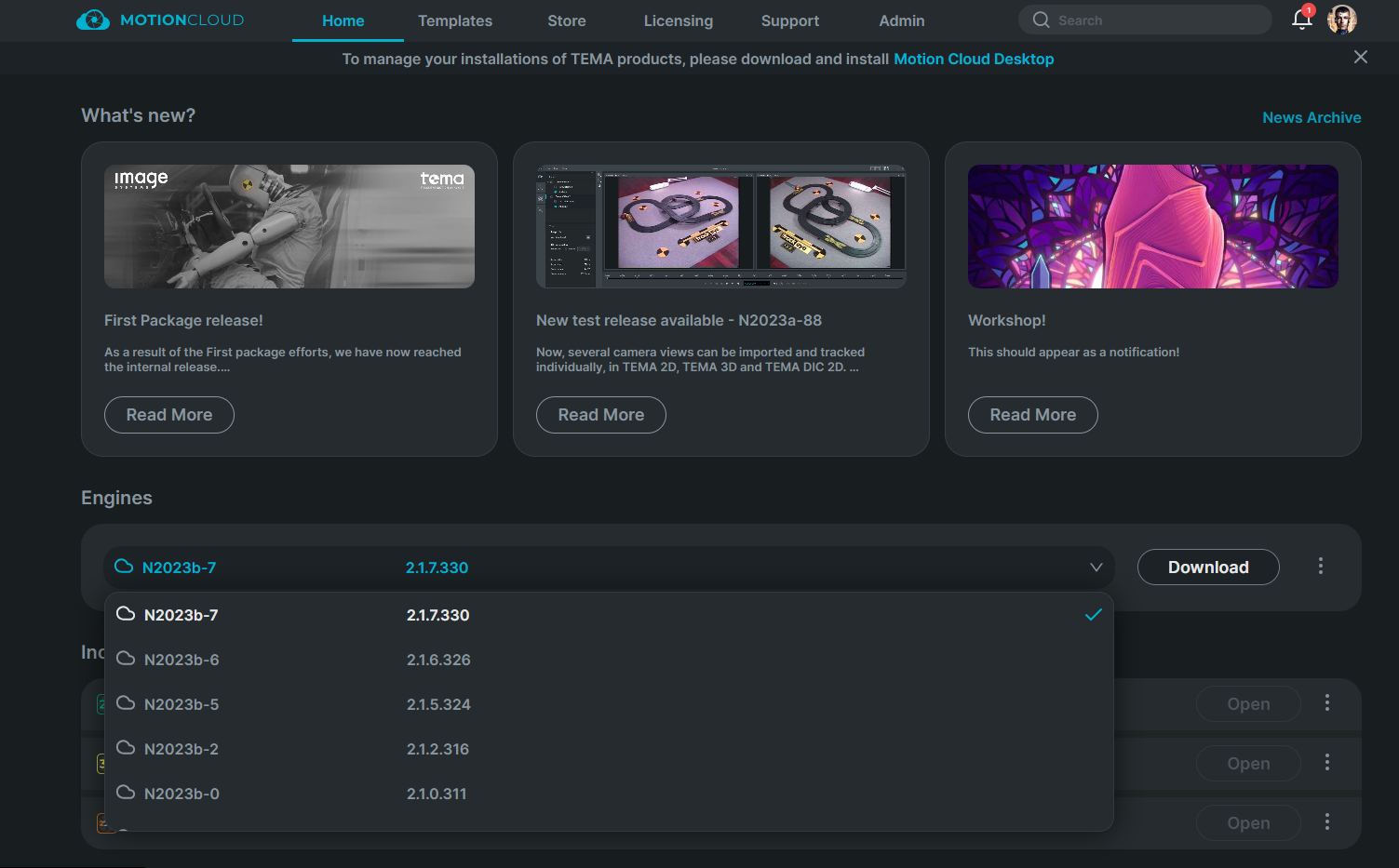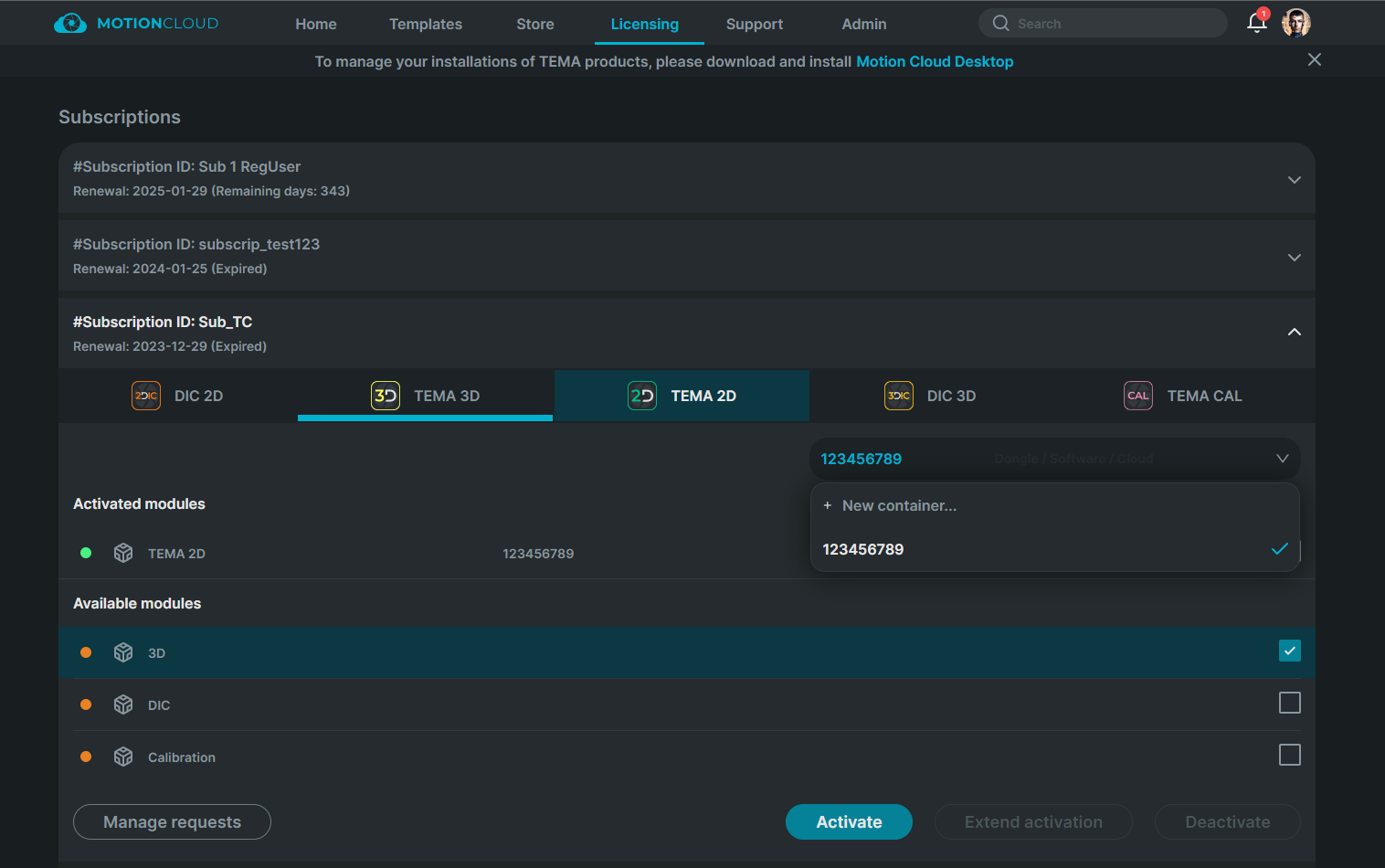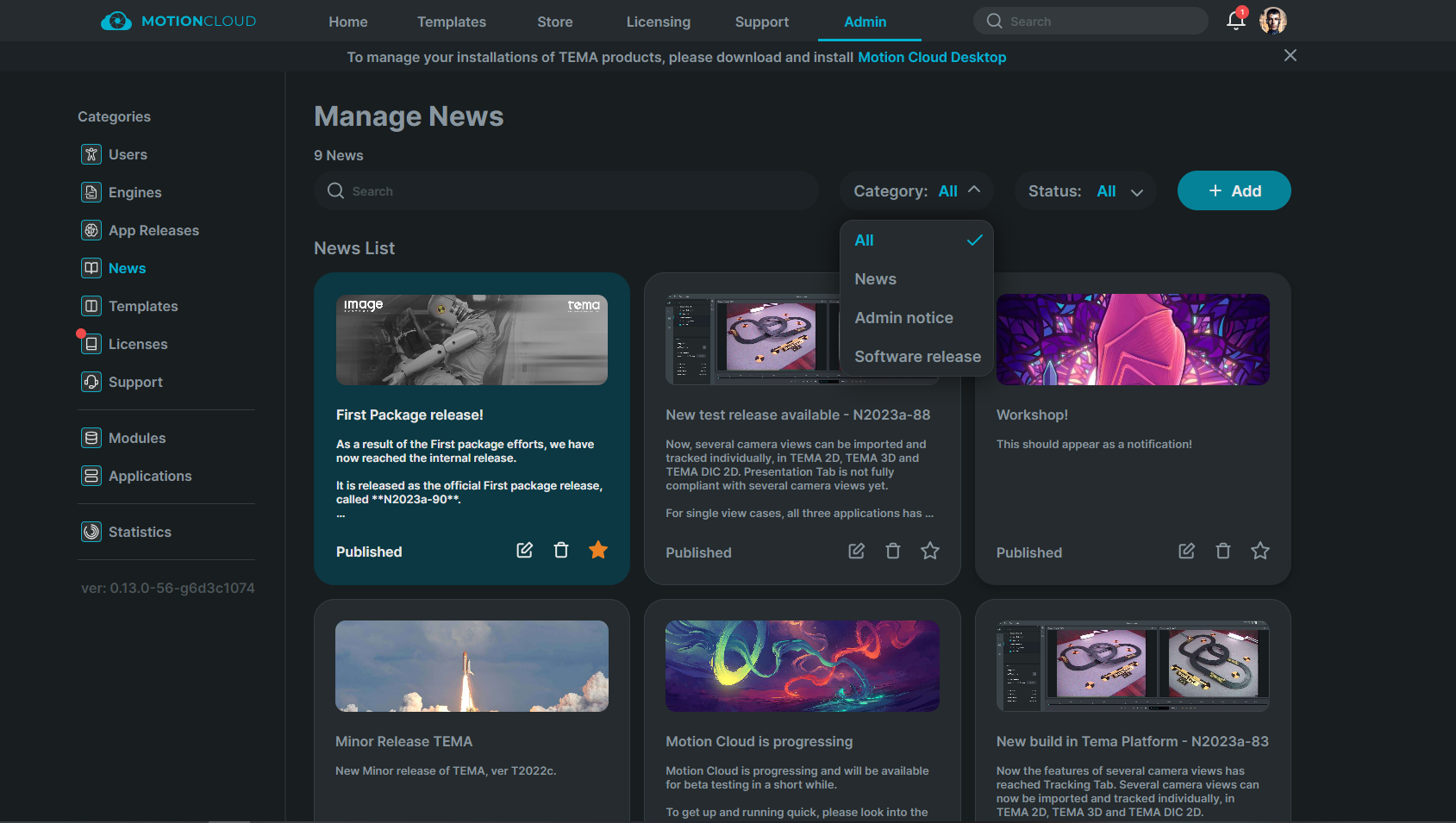Space-Time Object Tracking System
Product: Web and Desktop ApplicationScope of Work: Back-EndCountry: SwedenIndustry: Analytics
SwedenIndustry: Analytics
Description
Image Systems designed Motion Cloud (internal CRM) to enhance the accuracy of tracking and information gathering for events pertinent to a client's business. By utilizing various CRM entities like applications, engines, templates, and modules, the system allows tracking moving and stationary objects in space and time.
For instance, consider a scenario where a car company might want to measure the deployment speed of an airbag during a vehicle collision. Motion Cloud can integrate an engine specifically to track the airbag's deployment speed. Furthermore, if the focus is on a particular airbag model, the system can incorporate an engine dedicated to monitoring the specific model in question. As a result, Motion Cloud can be augmented with additional tools and features to refine the accuracy of event-related information.
Client Goals
Image Systems aimed to build a comprehensive back-end for Motion Cloud while also contributing to the front-end and initial configuration stages. The goal was to create a robust CRM platform from the ground up, addressing the specific needs of their business and client base with a focus on enhancing user experience and operational efficiency.

Our Solution
During the initial phase, we focused on establishing the groundwork for the CRM, which included configuring hosting, setting up the environment, selecting and connecting a database, and determining the most suitable data storage services. This foundational setup was crucial for transitioning from the conceptual stage to the first functional version of the CRM.
Following the infrastructure setup, we concentrated on defining user logic. This involved establishing who would have access to the system at different levels, such as admin and super admin, and specifying the rights and permissions associated with these roles. This framework ensured that system access was both secure and appropriately tiered, thus reflecting the diverse needs and responsibilities of the users.
The third step focused on the implementation of essential business entities, which are at the core of the CRM's functionality. This included engines, applications, releases, news, templates, licenses, modules, and statistics. We specifically designed the CRM to allow for the management, publication, editing, and deletion of information related to these entities, underpinning the main operational capabilities of the system.

Licenses are a pivotal feature of the system, as they regulate overall software usage and facilitate the management and provision of services related to various modules, applications, and other components. Licenses are detailed, including information on renewal dates, subscription IDs, status, and owners, and they play a key role in defining how clients can utilize business entities. This system allows for structured data storage and provides a framework within which clients can manage their own software products.
Statistics gathering was another critical function that provided super admins with insights into user engagement, such as subscription numbers, total users, and admin counts. This data serves as a management metric, offering a clear view of the CRM's utilization and administrative overview.
We also put support mechanisms in place to assist users post-release, including QA components and tutorials (instructions). We designed this support system to be very comprehensive, offering downloadable attachments, links, and search capabilities to aid in user education and troubleshooting.
Finally, we created a web-based desktop version that functions in offline mode with up-to-date data. This development aimed to adhere to the company's stringent security protocols, ensuring that users could access the CRM securely and effectively, even without an internet connection.

Results
The back end of Motion Cloud has been successfully implemented, and the system is now fully operational. Through our collaborative efforts, we've established a solid foundation for the CRM, addressing key functional and security concerns. The project's launch marks a significant step forward, setting a benchmark for future development and ensuring a high level of information security and user support. Motion Cloud is now equipped to offer detailed insights and analytics, improving decision-making and operational efficiency for Image Systems and its clients.
Project Details
Unit tests (backend)
Scrum
Web
1 Front-end
On the client’s side
MongoDB
2022 - 2023
Java